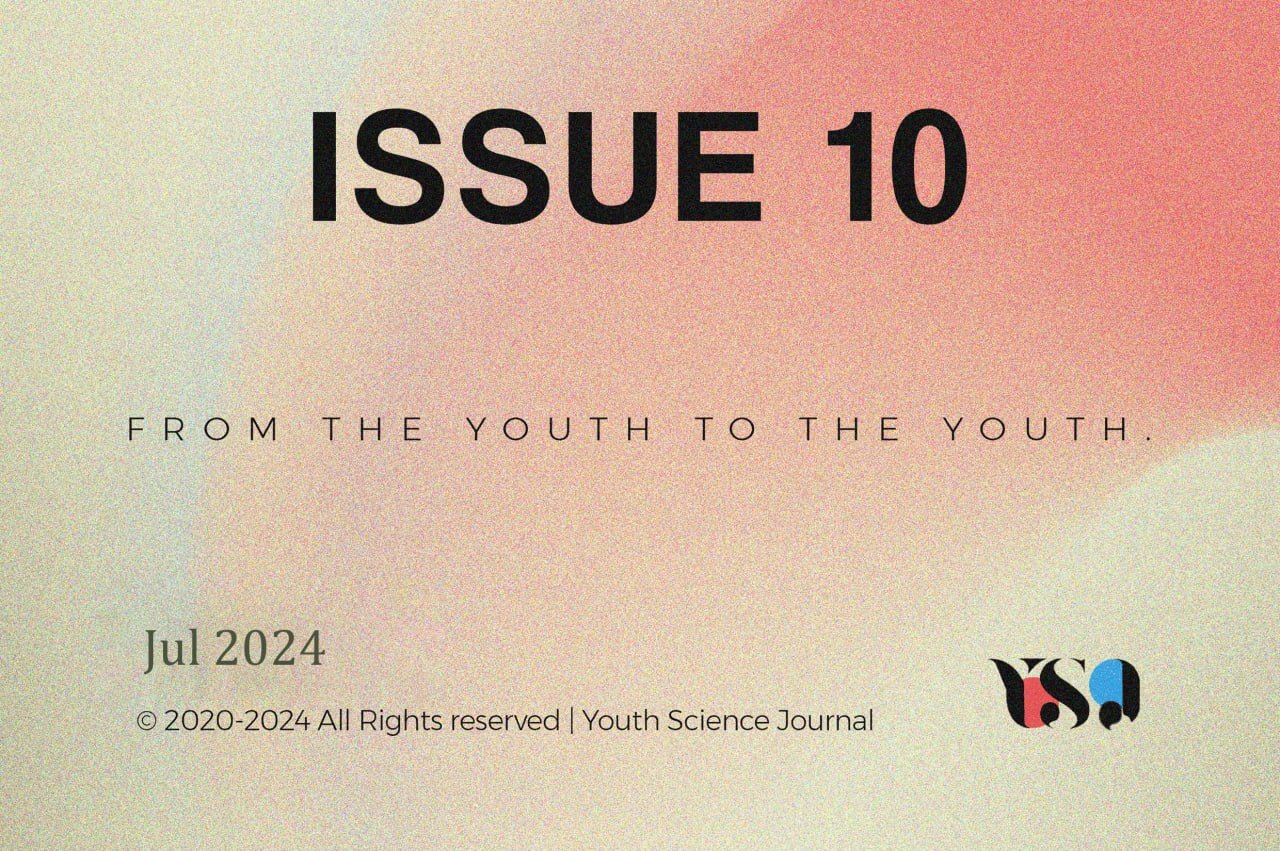Abstract
This research paper summarizes the findings of previous research about 3D bioprinting in tissue engineering. Biofabrication , particularly in the field of regenerative medicine and 3D in vitro models , shows great potential in creating intricate tissue structures that closely resemble native tissues. Preprocessing steps involve imaging the tissue using various modalities, designing the 3D model using CAD software , and considering the characteristics of the tissue for proper cell line selection. The development of a suitable bioinks combining printability , a cytocompatibility, and a biofunctionality remains a challenge. Imaging techniques play a crucial role in characterizing tissue engineering products. Conventional tissue engineering strategies involve scaffolds, isolated cells, or a fusion of the cells with scaffolds, while 3D bioprinting enables the creation of a complex tissue like structures. These advancements have the potential to revolutionize a broad and developing sphere of tissue engineering, regenerative medicine, and biomedical research. Used methods are questionnaire and interview help in collecting information from experienced specialists and obtaining their true opinion on the topic. As a result, bioprinting has a full potential to develop in the future.

